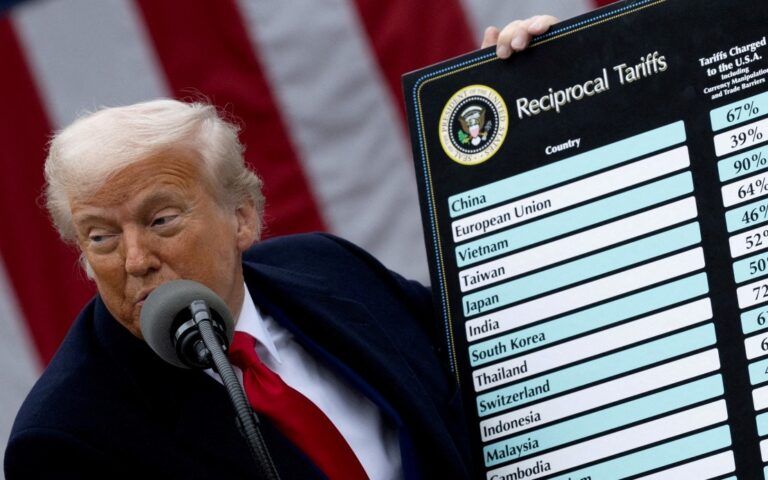At first glance, a 6% reduction in US tariffs—from 25% to 19%—seems insignificant. Barely newsworthy. But if you understand how global capital actually moves, this change is a canary in the coal mine for a much bigger shift.
This is not about the tariff cut itself. It’s about what it signals.
The Real Signal: Malaysia Is Back in the Game
Under Trump’s aggressive tariff policies, Malaysia had become collateral damage in the US’s broader economic war. Foreign direct investment slowed. Exporters hedged. Capital stayed parked.
But now, the reduction tells us something else: Malaysia is quietly being reopened to global capital. A tariff drop, especially under Trump’s hawkish lens, is a green light. Malaysia just got re-rated as investable again by the biggest player in the room: the US government.
What This Means for Malaysian Property (Especially Johor)
Smart capital doesn’t wait for GDP reports. It moves on signals.
The lowered tariff will:
- Boost export-driven industries – especially electronics, semiconductors, rubber, palm oil, and manufacturing.
- Revive SME optimism – Expect factory expansions, increased hiring, and a second wind for industrial landowners.
- Drive a demand wave in Tier-2 cities – Workers follow jobs, and jobs follow trade-friendly policy shifts.
The most obvious bet? Industrial property and worker housing near key logistics zones—Pasir Gudang, Senai, Pontian, Batu Pahat.
But that’s not where the real money is.
The biggest contrarian opportunity sits on the residential fringe of industrial revival zones, especially where land is still cheap and developers are desperate.
Why Singapore Investors Should Care
Most Singaporeans are still obsessed with Iskandar and Danga Bay. They think of Johor in terms of malls and gated bungalows.
But this tariff signals a potential manufacturing revival in southern Malaysia. Not tourism. Not retail. Production.
And that means long-term rentals, worker accommodation, warehouse conversions, logistics hubs, and corporate housing.
Once again, the “ugly” properties—the ones nobody wants—are set to become cash cows.
How to Front Run This
- Look for distressed shophouses and low-cost flats near old industrial parks.
- Especially those with proximity to future infrastructure projects or known exporters.
- Partner with exporters or logistics firms for long leases.
- They need housing for mid-tier foreign workers, not high-end condos.
- Convert or repurpose land for SME supply chain expansion.
- Malaysia’s red tape is real—but so is the upside when you learn how to navigate it.
Final Thought
Most people will miss this signal entirely. They’ll assume a tariff reduction is just noise.
But smart investors know: every trade policy change is a domino. Malaysia just got pushed a few tiles forward. Don’t wait for the rest to fall before you move.
Tariffs are only the beginning. Watch capital flows, not headlines.
And then buy what everyone else still sees as worthless.
